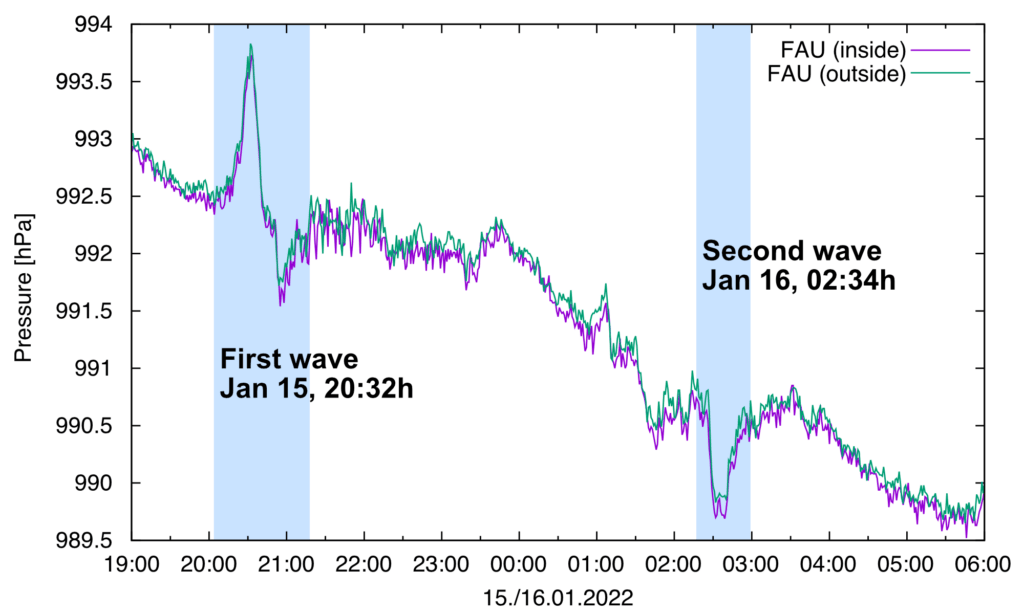Lange Nacht der Wissenschaften ’22
Our lab will participate again at this year’s long night of science (open door to the university).
Visit us on south campus this Saturday, May 21 from 18h to 24h and learn about other activities at: https://nacht-der-wissenschaften.de/


Thanks to Navid Panchi, Federico Tomazic, and Nydia Varela-Rosales for javascript/html5 coding and the design of the demos!
Check out the simulation tool here:
Interactive Particle Simulations for LN ’22

